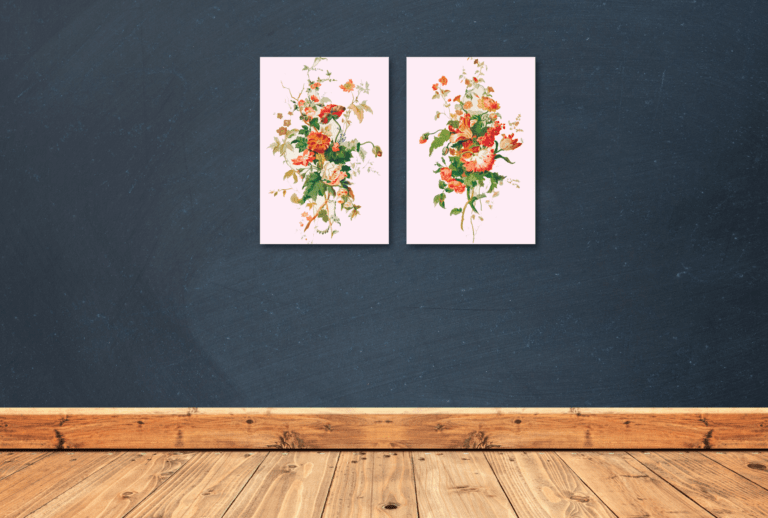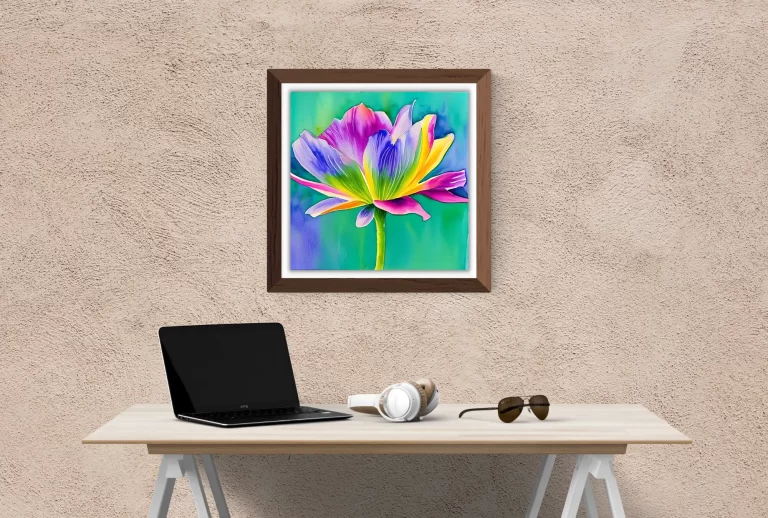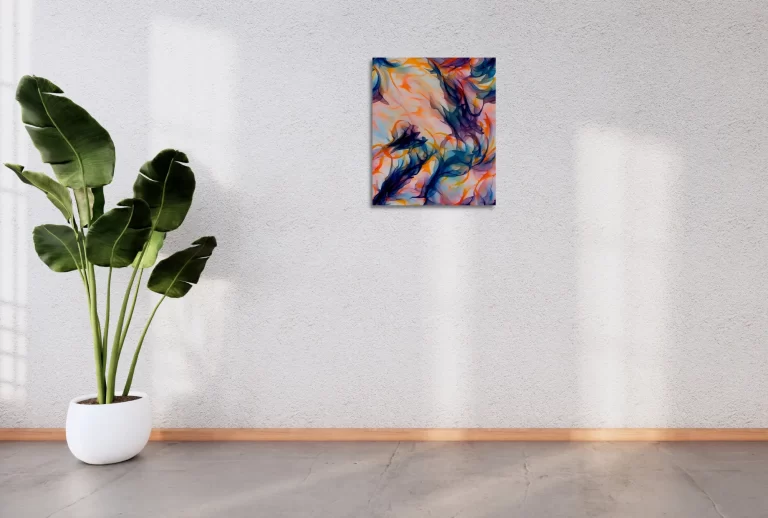How to Frame a Picture: 15 Tips from an Expert
Are you tired of hanging pictures that look crooked or poorly framed on your walls? If so, then it’s time to learn how to frame art like a pro. Framing wall art can seem daunting, but with a few simple tips and tricks, you can create a beautiful display that enhances your space. In this article, we will cover 15 tips from an expert on how to frame art.
1. Introduction
Framing art can make a huge difference in how it looks on your wall. A well-framed picture can enhance the overall aesthetic of your space and create a focal point for your decor. However, framing art can be overwhelming, especially if you’re unsure where to start. In this article, we’ll guide you through the process and share tips from an expert on how to frame a picture.
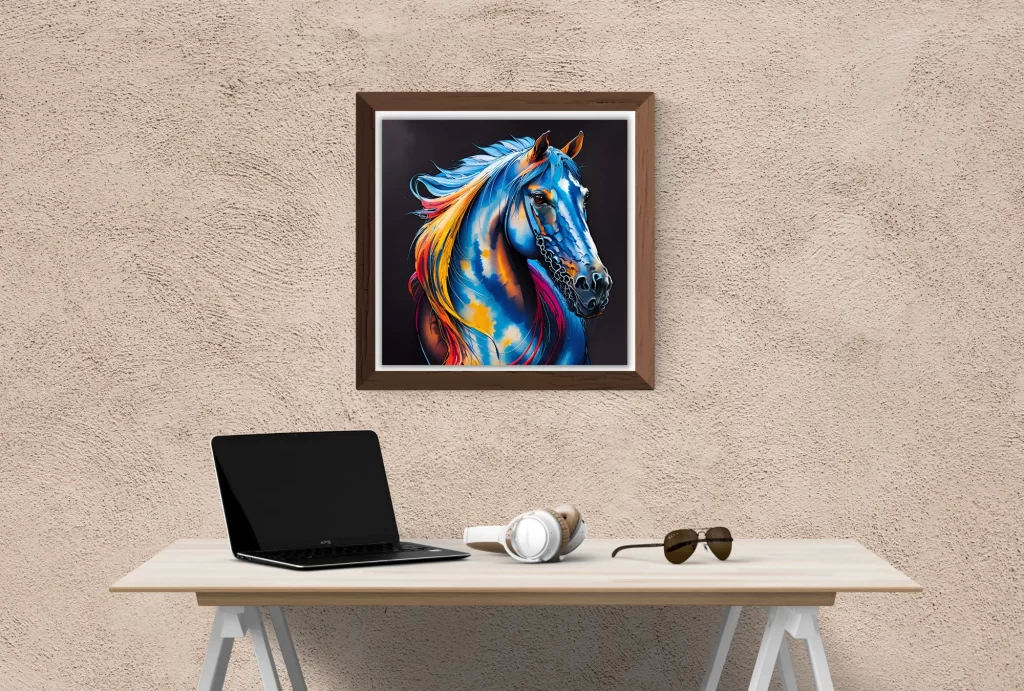
2. Understand the purpose of the picture
Before you start framing a wall art, it’s important to understand the purpose of the wall art. Are you framing a family photo or a piece of art? Is it a sentimental item or a decorative piece? Understanding the purpose of the wall art will help you choose the right frame, matting, and layout.
3. Choose the right frame
The right frame can make all the difference in how your art looks on your wall. Consider the style of your decor and choose a frame that complements it. If you’re unsure, a simple black or white frame can work well with most styles. You can also choose a frame with a unique texture or finish to add interest to your display.

4. Select the right matting
Matting is the border that goes around your art and separates it from the frame. It can add depth and dimension to your display. Choose a matting color that complements the colors in your art and your decor. If you’re unsure, a white or off-white matting can work well with most pictures.
5. Consider the size of the picture
The size of your art will determine the size of your frame and matting. Consider the size of your wall and the surrounding decor when choosing the size of your art. A large art can make a bold statement, while a small art can be a subtle addition to your display.
6. Plan the layout
Before hanging your wall art, plan the layout on the floor. Arrange your pictures in different configurations until you find the layout that works best for your space. Once you have your layout, take a picture of it with your phone to reference when hanging your pictures on the wall.
7. Use a level
A level is an essential tool when hanging pictures. Use a level to ensure your wall art is straight on the wall. If you’re hanging multiple pictures, use a level to make sure they’re all level with each other.
8. Mark the wall
Before hanging your wall art, mark the wall with a pencil where you want to hang it. This will help you hang the wall art e in the right spot and avoid unnecessary holes in the wall.
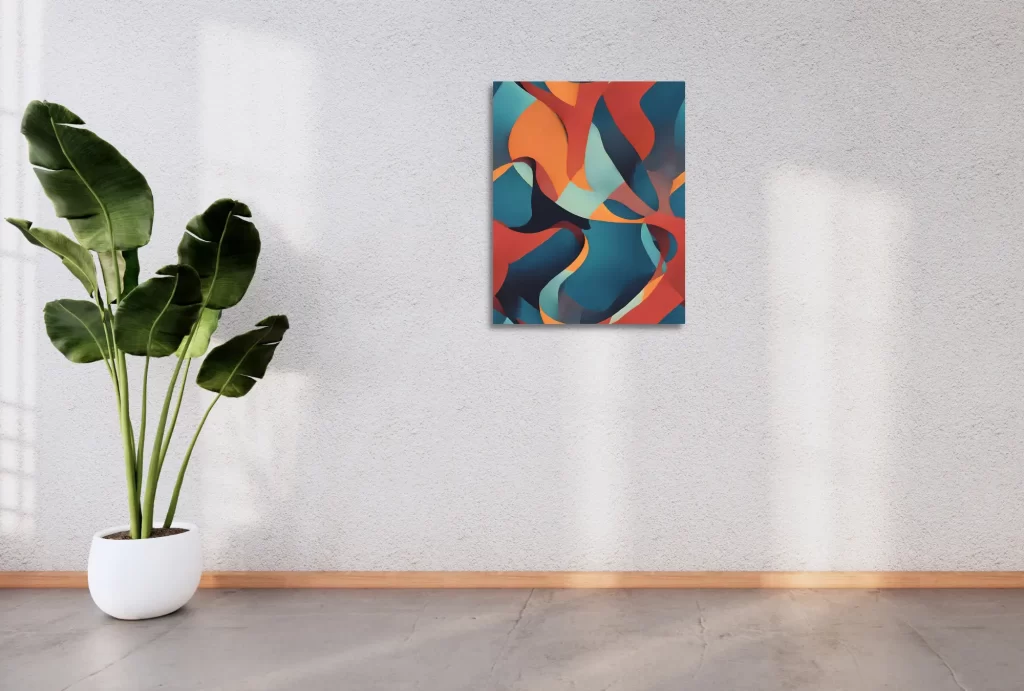
9. Hang the picture at the right height
When hanging your wall art, it’s important to hang it at the right height. The general rule of thumb is to hang it at eye level, which is about 57 inches from the floor. However, this can vary depending on the height of your ceilings and the size of your wall art. If you’re hanging a wall art above a piece of furniture, the bottom of the wall art should be 6-8 inches above the furniture.
10. Consider the lighting
Lighting can affect how your wall art looks on the wall. Consider the direction of the lighting in your space when choosing the placement of your wall art. If there’s natural light coming in from a window, avoid hanging your wall art in direct sunlight, as this can fade the colors over time.
11. Keep it clean
Make sure your wall art is clean and free of dust and smudges before framing it. Use a microfiber cloth to gently wipe down the surface of the wall art. This will ensure that your wall art looks its best in its new frame.
12. Use picture-hanging hardware
When hanging your wall art, use picture-hanging hardware that’s appropriate for the weight of your picture. If you’re hanging a heavy wall art, use a wall anchor or a picture hook that can support the weight. This will ensure that your wall art stays securely on the wall.
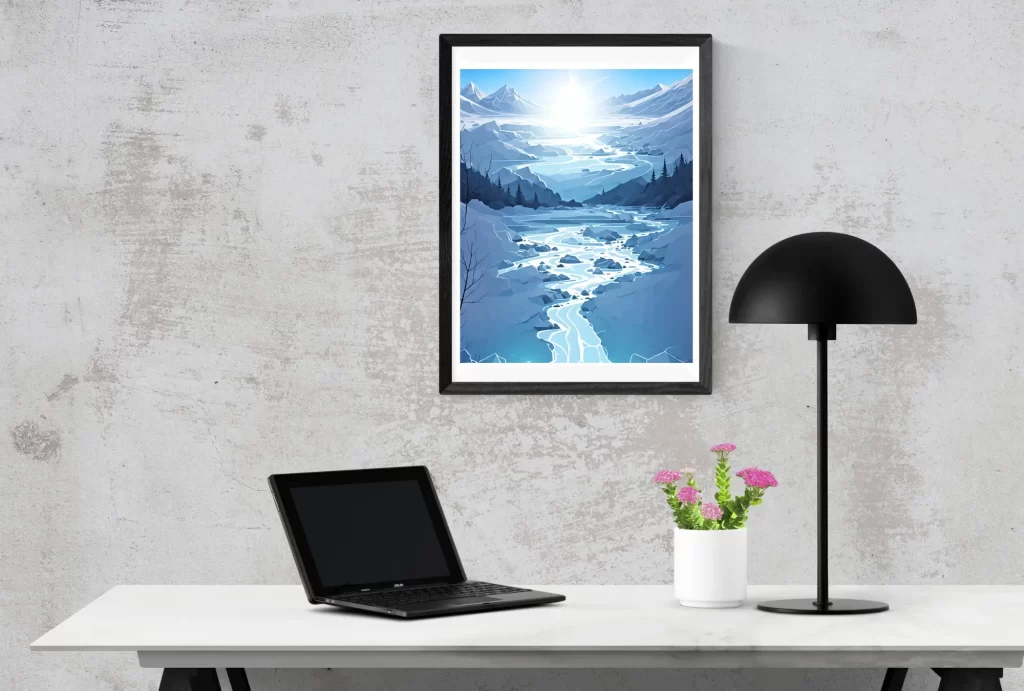
13. Group pictures together
Grouping pictures together can create a cohesive display on your wall. Consider grouping pictures of similar size and style together for a unified look. You can also mix and match different frames and matting to add visual interest to your display.
14. Experiment with different styles
Don’t be afraid to experiment with different framing styles. Try different colors, textures, and finishes to see what works best with your wall art and your decor. You can also try using different shapes of frames, such as round or oval, for a unique look.
15. Keep it personal
Lastly, keep your display personal. Frame wall art that have sentimental value to you, such as family photos or travel souvenirs. This will make your display more meaningful and personalized to your tastes.
Conclusion
Framing a wall art can seem daunting, but with these tips from an expert, you can create a beautiful display on your walls. From choosing the right frame and matting to hanging it at the right height, these tips will ensure that your pictures look their best. Remember to keep it personal and experiment with different styles to create a display that’s uniquely yours.
Frequently Asked Questions
- What’s the best way to clean a wall art before framing it?
Use a microfiber cloth to gently wipe down the surface of the picture.
2. How do I choose the right frame for my picture?
Consider the style of your decor and choose a frame that complements it. If you’re unsure, a simple black or white frame can work well with most styles.
3. What’s the best way to hang a heavy picture?
Use a wall anchor or a picture hook that can support the weight of the picture.
4. Can I mix and match different frames and matting in a display?
Yes, mixing and matching different frames and matting can add visual interest to your display.
5. How do I group pictures together?
Group pictures of similar size and style together for a cohesive display. You can also mix and match different frames and matting for a unique look.


